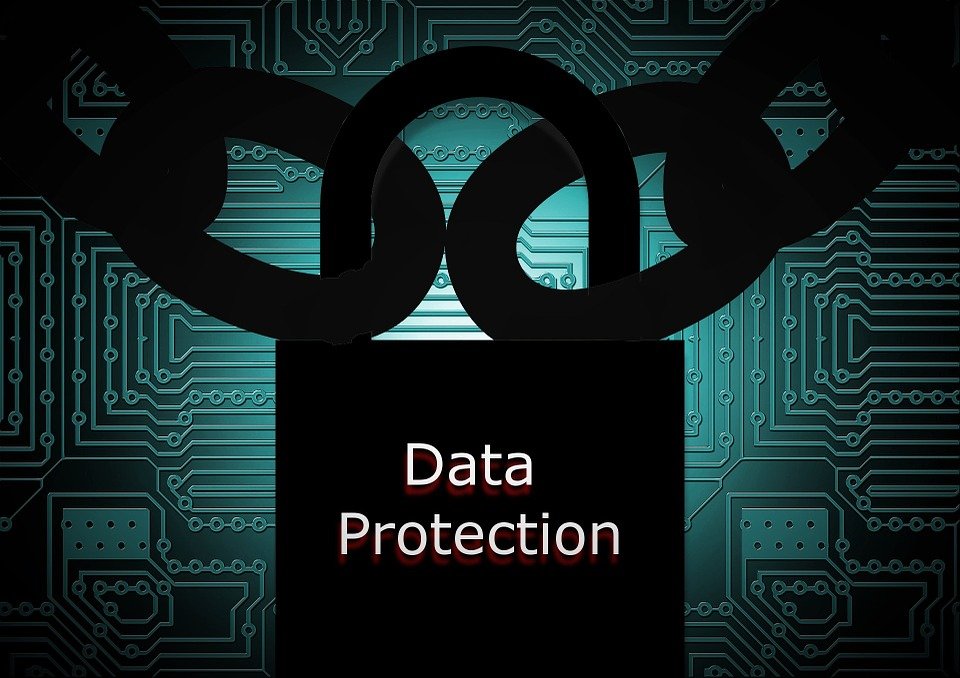The Basics of Data Protection

The term "Data Protection" describes a set of rights and obligations concerning the processing, storage, preservation, access, and use of personal information. Information privacy is the intimate relationship between the sharing and collection of personal data, technologies, and the public's expectation of privacy. In today's world, much of this information can be both necessary and improper. It may be used in certain contexts, but the expectations of privacy may be violated when it is publicly displayed or for other non-disclosable reasons such as marketing or advertising. It is also sometimes referred to as personal privacy or data protection. For more details about data protection, see here.
The three main techniques for ensuring that data protection is exercised include notification, control, and backup. Data security is best ensured by notifying individuals of the risks associated with their stored data and implementing adequate controls to prevent unauthorized access and transfer. Controlling access to data centers and servers and regularly backup data are also important ways to protect information.
Monitoring access to data centers and servers is one way of ensuring data protection. Monitoring includes checking for signs of damage, accessing the systems, and testing equipment. There are several options for monitoring access including alarms, cameras, video, or voice recording devices. Backup includes creating and backing up the necessary data on a regular basis. One of the most common mistakes that companies make is not backing up their data.
Lifecycle Management provides businesses with a systematic approach to data protection and disaster recovery. By developing an effective lifecycle management strategy, businesses can effectively reduce costs associated with data management. With lifecycle management, a business can develop a plan for ensuring that the correct strategy is implemented for each stage of data management. This includes creating backup plans, training users on how to perform daily maintenance and addressing any problems that may arise and addressing any issues that need to be resolved before the lifecycle management plan runs out. You can get the best data protection service provider at https://socialprotect.uk/.
Businesses that rely heavily on secondary storage should consider all of the potential threats to the primary storage media. Primary storage should be used in order to reduce the potential loss of valuable data in the case of a complete data loss from corruption or a natural disaster. Businesses should also consider using backup software for raid protection to reduce the risk of losing precious data during a catastrophic event.
When data protection is managed effectively using proper documentation and strategies for addressing the most common threats, businesses can effectively minimize the risks associated with data loss and data corruption. Proper documentation can include backup scripts for ensuring the backup of servers and applications and ensuring the use of appropriate policies and procedures. Backup scripts for ensuring disaster recovery can include recovery plans for servers, user accounts, applications, networks, files, emails, databases, and virtual machines. The combination of policies and procedures can help to ensure that a business has a plan in place for disasters. Ensuring that policies are followed, will help to reduce the cost of disaster recovery. Check out this related post to get more enlightened on the topic: https://en.wikipedia.org/wiki/Information_privacy_law.
